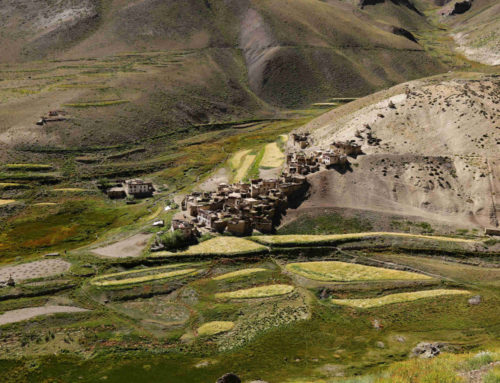Nomads, Lake and a 6000er Peak
Tour Summary
Before we set out on the trekking tour through the nomadic country of Ladakh, the Changthang, and climb a 6000 meter peak, we immerse ourselves in the Buddhist culture of the country during the acclimatization phase.
The trekking tour leads in 12 days over high plateaus and passes, through largely deserted territory, where we will often meet only wild asses (Kiang), yaks and eagles for days. Only here and there we will pass nomadic camps. The highlight of the tour is the ascent of a 6000m peak of the Mentok range. After the descent we will go to the Tsomoriri Lake and back to Leh.
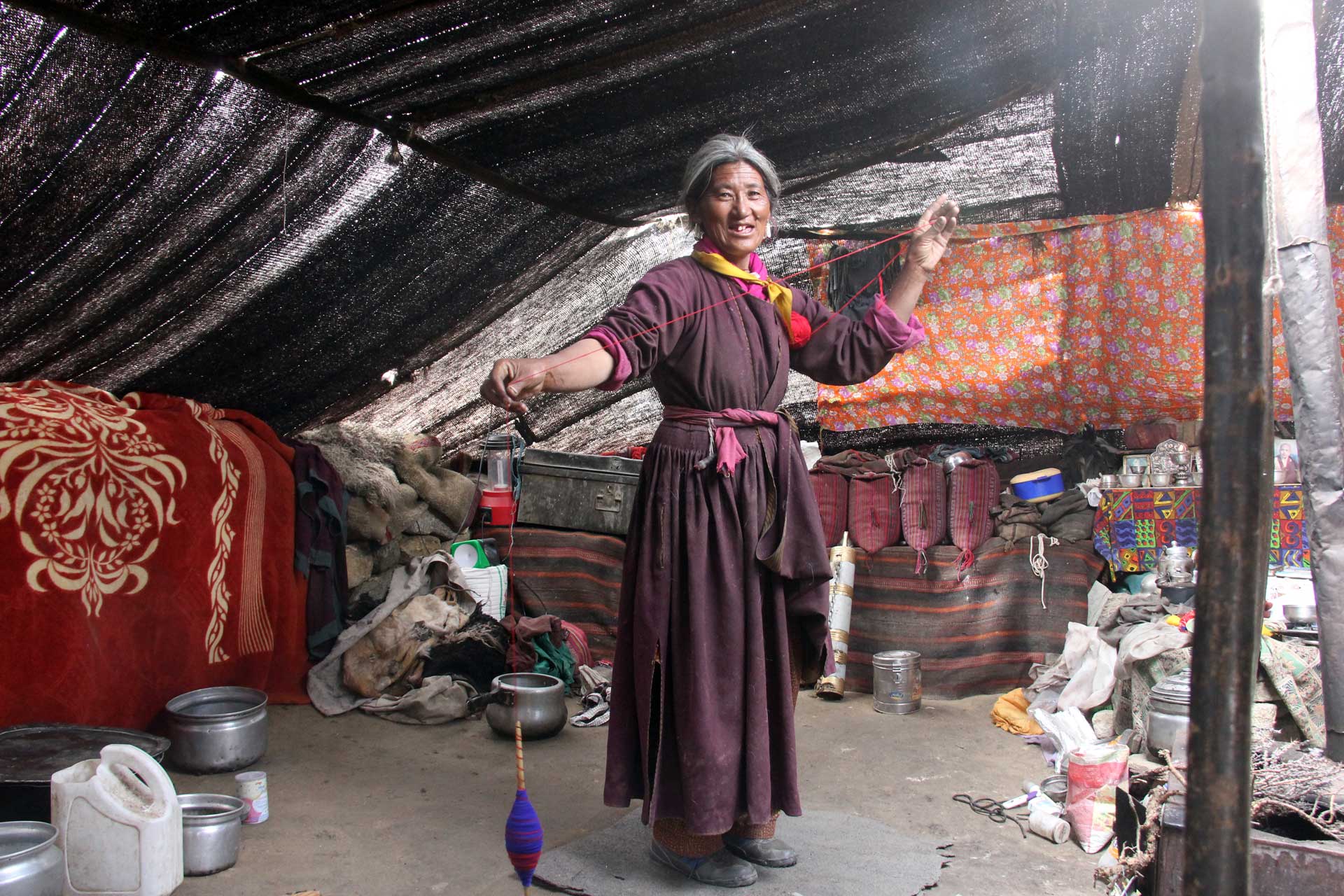
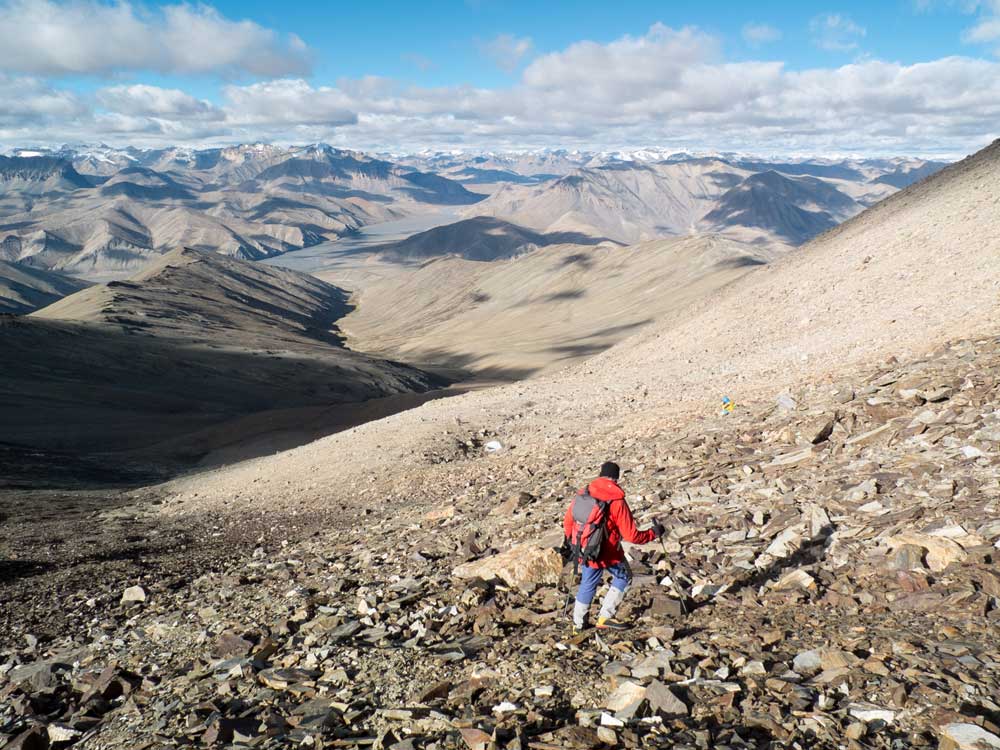
The highlights
- Visit to one of the oldest monasteries in Ladakh, Alchi in the Indus Valley
- 12-day trekking tour through the nomadic country, the Changthang
- Ascent of a 6000m peak in the Mentok range
- Hike along the Tsomoriri Lake
Nomads, Lake and a 6000er Peak
- 29. July to 17. August 2023
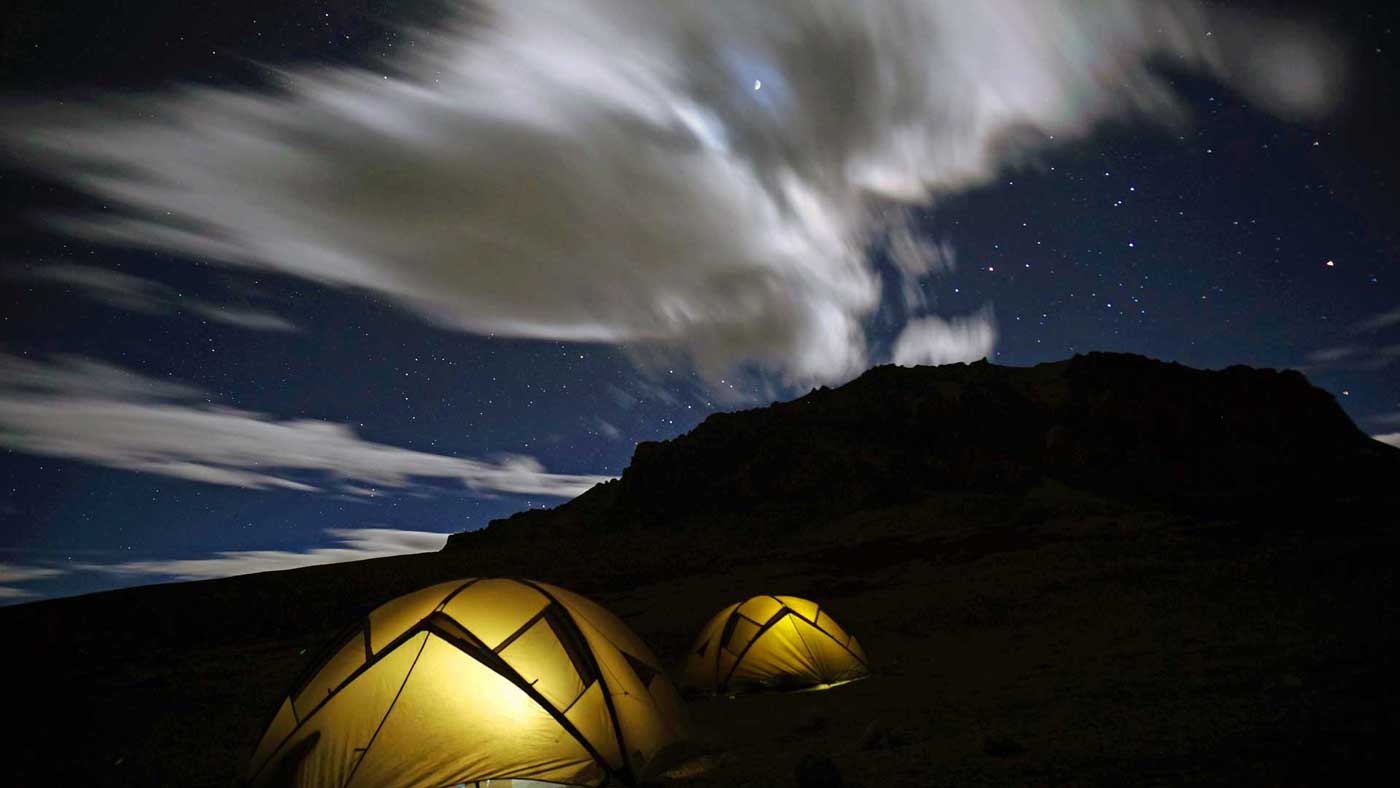
Detailed Program
29 July
Daparture from home

30 July
Arrive Delhi in the early hours of the morning and transfer to the domestic terminal for the next flight to Leh 3450m.
Meals: B/L/D
Drive time 20 minutes
NOTE: All passengers have to collect their baggage after going through the immigration processes and before leaving the international terminal and later recheck into the domestic flight counter, EVEN if the flight ticket has been booked with the same PNR numbers. Please make sure that you arrive at the domestic airline counter 2 hours before the scheduled departure. The time between the flight’s landing till you pick up your baggage from the baggage carrousel through immigration should be at least an hour, depending on the number of flights arriving around the same time causing long queues.

31 July
Alchi Likir – Basgo – Leh
Day trip to the 11th century temples (The Chamchung, Chamba Lakhang, and Serzang Lakhang) With exquisite murals of various Buddhas an Bodhisattvas, especially the five Tathagatas (the Five Dhyani Buddhas) and their female counterpart are among the rarest Buddhist iconographies still existing and intact. Basgo, perched on a mud hill houses a 14-meter-high, gilded statue of the Maitreya Buddha from the 16th century, besides magnificent murals depicting vignettes from the life of Buddha and portraits of the temples’ benefactors.
Meals: B
Drive Time: 3 Hours
Walk time: 1 hour
Altitude gain: 500m
Altitude loss: 500m

01 August
Drive to Rumtse 4200m via Thiksey, Hemis
On our way to Rumtse, the last permanent village on the way towards Himachal is also the part of the villages to be settled by the first settlers of Ladakh. We visit the monastery of Thikse and hemis before driving through the beautiful Miru gorge after leaving the Indus valley at Upshi. Though it is possible to drive all the way beyond Taglang la, we avoid it purposely to acclimatise one night just above 4000m. At the camp we meet our kitchen crew and horseman. Overnight in tent.
Meals: B/L/D
Drive time: 2-3 hours
Walking hours: 1-2 hours
Altitude gain: 600m
Altitude loss: 0m

02 August
Drive to Sangtha (4420m) via Tanglang La (5338m) and trek to Yabuk (4380m) in the Zara Chu.
The valleys along the broader Zara chu valley are temporary homes to the nomadic people of Kharnak.
Meals: B/L/D
Drive time: 3-4 Hours
Trek hours: 2-3 hours
Altitude gain: 1228m
Altitude loss: 898m

03 August
Trek to Narbus (4780m) over Narbus La (4860m) in around 5-6 hours. Narbu or Narbus is on the plains of Skyangchuthang (The plains where the Tibetan wild horse called kiang roams) and 4 kilometers away from the Leh –Manali road. During June and September months, we can trek along the Tozay chu and later follow its tributary, the sumkhar chu from pang, where they both merge.
Meals: B/L/D
Trek hours: 5-6 hours
Altitude gain: 480m
Altitude loss: 80m

04 August
Trek Numa camp 4550m
Today we trek from the North West to the south east direction on the Skangchuthang plains and cross the Leh – Manali highway. Of course we do not walk on the highway but witness the tourist hurrying to their next destinations in full swings. It takes around 5- 6 hours before we arrive on the bank of Sumkhar chu at our campsite called Numa.
Meals: B/L/D
Trek hours: 5-6 hours
Altitude gain: 50m
Altitude loss: 280m

05 August
Trek Zozogong (4800m) via the Thelakung La (5020m)
We trek along the Sumkhar chu (water, river, stream) valley and sometimes requiring to cross the same water several times as the meandering water changes its course from its left to the right banks. We walk several hours in this valley before turning left and very gradually begin to ascend towards Thelakong pass (5020m) which is quite soft and easy except the high altitude and enter the Phirtse valley where we will be camping until Kiangdam on the southern shore of Tsomoriri.
Meals: B/L/D
Trek hours: 5-6 hours
Altitude gain: 470m
Altitude loss: 220m

06. August
Trek Manechan 4720m
The Phirtse valley trek runs parallel to the Korzok range which has many 6000m peaks including the Mentok group. Various other valleys enter into the main Phirtse valley, including the broad Pangyo chu. The 5-6 hours hike is on a very gradual path in the valley of the nomads and wildlives
Meals: B/L/D
Trek hours: 5-6 hours
Altitude gain: 20m
Altitude loss: 100m
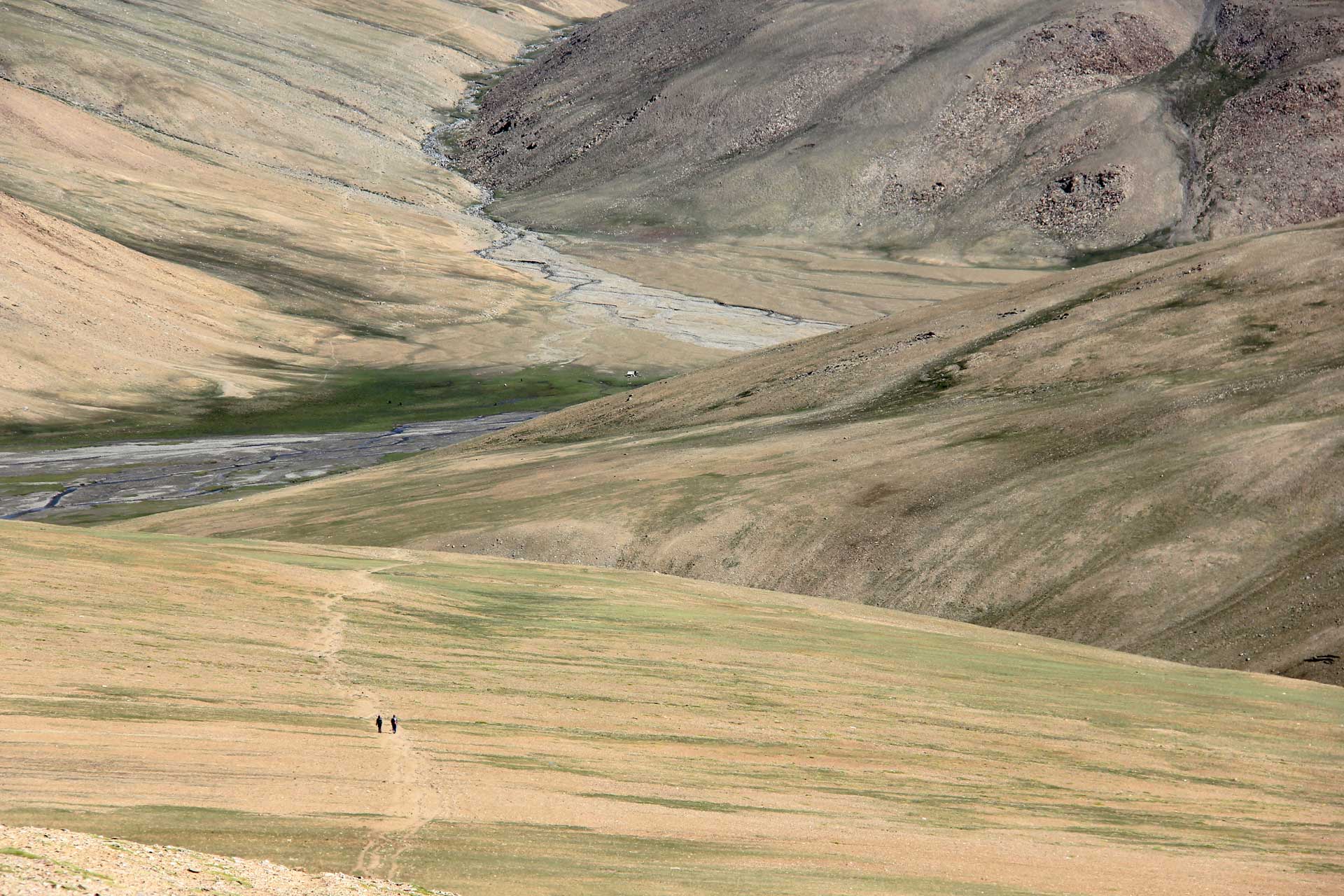
07 August
Trek to BC Mentok Kangri 5050m.
After a leisurely breakfast, we hike up the valley on our left and gradually ascend to a spot at the junction of two smaller valleys at around 5050m. The campsite is the base for climbing two of the Mentok summits.
Meals: B/L/D
Trek hours: 4-5 hours
Altitude gain: 460m
Altitude loss: 100m

08 August
Rest day to be used on the day
Meals: B/L/D

09 August
Summit Day
We climb up the valley for around 4 kilometres until we meet the snout of the glacier falling from the mentok peak and walk along it for another 100 meters before climbing onto the saddle with average altitude of 6000m which lies between the Mentok 1 and 2 and traverse the same towards our summit. The summit offers 360 degree stunning views of the numerous high peaks, including the Gya peak at the Tibet-Indo border, Chamser and Lungser, the Korzok range peaks and many more beside the huge lake just beneath it! Descend to the camp base camp and further to Manechan.
Meals: B/L/D
Trek hours: 10-12 hours
Altitude gain: 1110m
Altitude loss: 1310m

10 August
Trek to Latho Gogma 4600m
Latho gongma is another 5-6 hours down the Phirtse valley.
Meals: B/L/D
Trek hours: 5-6 hours
Altitude gain: Nil
Altitude loss: 120m
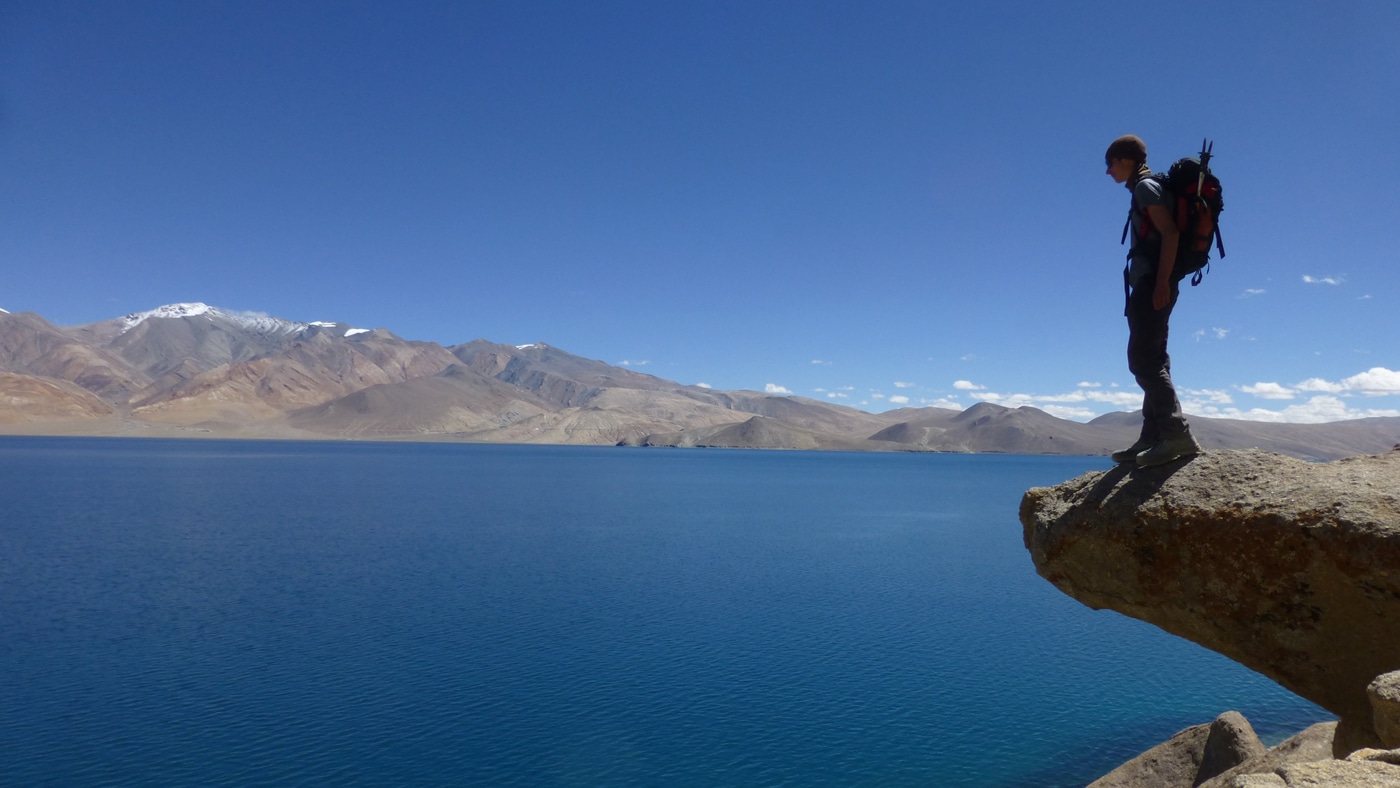
11 August
Trek to Kyangdam 4530m
Kyangdam is on the southern shore of the lake Tsomoriri at the end of the long Phirtse valley in which we spent several days. It takes around 4- 5 hours. Kyangdam is on the Korzok – Kibber trek route and is an important resident for various breeding birds and home to special mammals of the Tibetan Plateau.
Meals: B/L/D
Trek hours: 5-6 hours
Altitude gain: 0m
Altitude loss: 70m

12 August
Trek Kharlung Serlung 4550 and camp.
We trek along the lake’s shore to our camp at Kharlung serlung just a couple of kilometres before the crowded Korzok village and beneath Mentok kangri from the northern side.
Meals: B/L/D
Trek hours: 4-5 hours
Altitude gain: 100m
Altitude loss: 80 m

13 August
Hike towards Korzok (4600m) and drive to Leh (3450m)
We hike a little more towards until finally our cabs reach us and then drive back to Leh via the settlement of Korzok at Tsomoriri.
Meals: B/M/
Walking time: 1-2
Travel time: 5-6 hours
Height gain: 100m
Altitude loss: 1250m

14 August
Free Day In Leh
Meal: B

15 August
Flight to Delhi, we will transfer you to a centrally located hotel in Delhi. It is relax day for you in Delhi
Meal: B

16 August
Sightseeing in Delhi and evening Transfer to International Airport
Today we organise a sightseeing of Delhi covering some important tourist destination like the beautiful Red Fort (Lal Qila) built by Shah Jahan in 1648 which served as the seat of Mughal power until 1857. This stunning structure with its tall, red sandstone walls covers an area of more than two square kilometres,
Qutub Minar: completed in the 12th century, the beautiful Qutub Minar is India’s tallest minaret. It’s also known as a UNESCO Word Heritage Site .
The Jama Masjid is one of India’s largest mosques and was the final architectural feat of Shah Jahan. Completed in 1658, this beautiful structure features three gateways, four angled towers, and two 40-meter-high minarets built using red sandstone and white marble and attractively alternated in vertical stripes.
Humayun’s Tomb, situated in a lovely, large square garden, is a lofty mausoleum constructed of white marble and red sandstone. It was designed as a prototype of the Taj Mahal in Agra and is an excellent example of Mughal architecture.
The galleries of the National Museum, New Delhi: one of the largest museums in India following a historical sequence, with all major periods represented. Highlights include archaeological finds, along with exhibits of terra-cotta toys, images and pots, jewellery, seals, bronze and copper implements, sculpture, musical instruments, tapestry, tribal masks, swords, and murals.
After the sightseeing we bring you back to the hotel for a wash and change and later in the night we transfer you to International Airport.
Meal: B
Day 20
Arrive at home
Prices and dates
Basic Data for the tour Nomads, Lake and a 6000er Peak
- Date: 29th July to 17th August 2023
- Min/Max participants: 4/10
- Price: 2.290 EUR
- Single Room/Tent Supplement: 250 EUR
Services
- Transfers from/to Leh/Delhi
- Accommodation in guesthouses, tents including meals (please refer to detailed program) / accommodation in double room
- English Speaking Guide
- all transfers according to detailed program
- full support on trek with cook, helpers, vegetarian meals on the trek, tents for sleeping, dining and toilet tents, horses for luggage and one riding horse per guest
- Camping-Equipment exkl. Schlafsack
- all applicable fees and permits (trekking, peak fees, camping fees, entrance fees)
Not included
- Flights (on request we can arrange appropriate flights for you)
- Insurance (we recommend getting travel insurance)
- Tips
- Beverages other than usual
- Visa for India
- relevant vaccinations
- Additional costs incurred due to illness, accident, change of route due to force majeure, etc.
- Additional costs incurred due to flight cancellations or postponements




